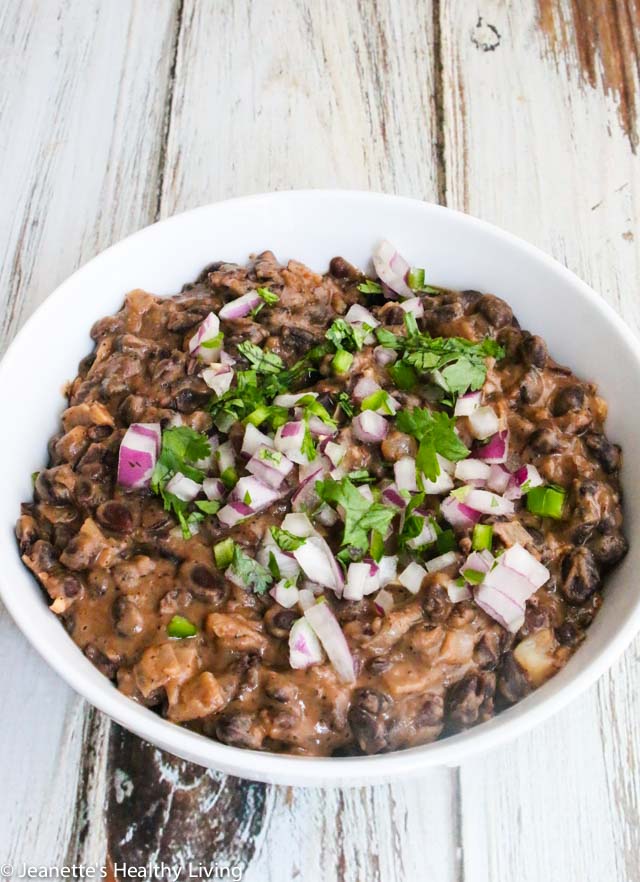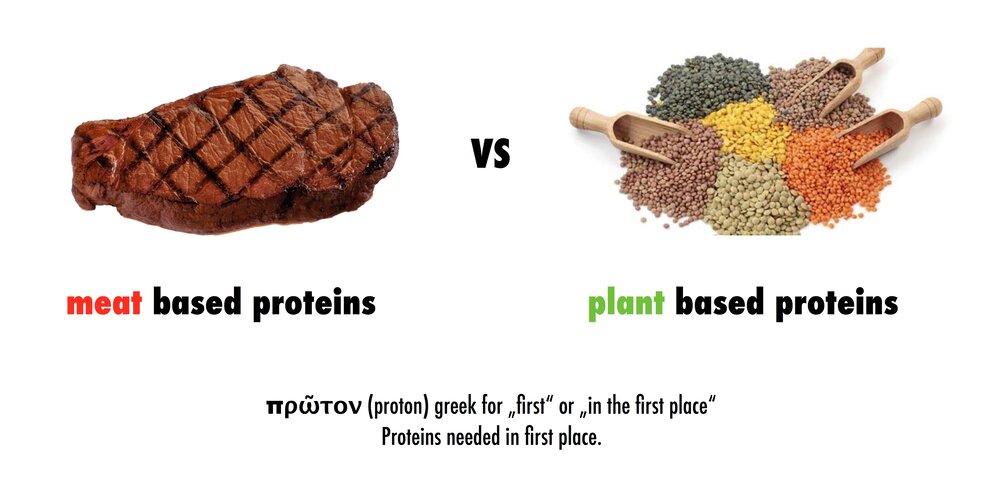
A pescatarian vegetarian refers to a vegetarian who eats seafood. Pescatarians must not eat animal products or meat. Pescatarians account for approximately 3% of all adults around the world. Learn more about this type diet. A pescatarian has many benefits, including lower cholesterol levels and lower fat.
Fish
Pescatarian vegetarianism is one of the many benefits of fish. This diet can reduce your BMI and help you avoid the environmental and ethical issues associated with eating animal meat. You also get a little more nutrition from it. Be sure to check with your doctor first before making any dietary changes.
Fish is a great source of protein. However, if you do not want to eat fish regularly, there are plenty of other vegetarian and vegan sources of protein, such as eggs, nuts, lentils, and low-fat dairy.

Eggs
Eggs can be a great source protein and should therefore be considered a part of a vegetarian's diet. According to the Cleveland Clinic 6-8 grams of protein per egg is equivalent to 70 calories. Flexitarians can also eat eggs, which is a meat-eater who includes plant-based diets. Pescatarians are mostly vegetarian but still eat fish and shellfish.
Eggs are a great source of protein that is both cheap and versatile. Healthy people can consume between one and three eggs per day. They are also a complete protein source, which means they contain all nine essential amino acids. Eggs also contain choline and other vitamins that are essential for brain function.
Dairy
Pescatarian vegetarians with dairy are those who eat no meat, but include fish, shellfish, and eggs. This is the most widespread type of vegetarian diet. This diet can be used by all ages and meets most nutritional needs. The key difference in the pescatarian from the lacto vegetarian is the fact they both eat milk and eggs.
The pescatarian diet focuses on fish, but can also include tofu, nuts, legumes, and seafood. If it's well planned, a pescatarian diet will provide enough protein. It is an excellent alternative to the typical American diet, which is full of processed foods, saturated fats, and excessive amounts of meat.

Veggie Kickstart
Veggie kickstart for pescatarians is perfect for anyone looking to improve their diet. You can save the grocery list and get a new recipe each day. The app also features mix-and-match lunch guides that show you how to create healthy lunches with ingredients you already have in your pantry.
FAQ
Why should we have a healthy lifestyle to begin with?
Living a healthy lifestyle can help you live longer and more happy lives. A healthy diet, regular exercise, good sleep habits, and stress management will help prevent diseases like heart disease, diabetes, cancer, and stroke.
A healthy lifestyle will also improve our mental health by helping us cope better with everyday stresses. A healthy lifestyle will increase self confidence, and it will make us feel younger.
Exercise: Good and bad for immunity?
Exercise is good for your immune systems. Your body makes white blood cells that fight infections when you exercise. You can also eliminate toxins from the body. Exercise helps prevent diseases like cancer and heart disease. It reduces stress.
But, too much exercise can lead to a weakening of your immune system. Your muscles can become sore if you exercise too much. This causes inflammation and swelling. In order to fight off infection, your body must produce more antibodies. These extra antibodies can lead to allergies or autoimmune disorders.
So, don't overdo it!
What should I eat?
Get lots of fruits & vegetables. These vegetables and fruits are rich in vitamins and minerals that will keep your immune system strong. Vegetables and fruits are high in fiber which helps to digest and fill you up. Aim to eat five to six servings of fruit or veg each day.
Drink plenty of water. Water flushes toxins from your body and helps you feel full between meals. Drink about eight glasses each day.
Choose whole grains over refined ones. Whole grains are rich in nutrients such as iron, zinc and magnesium. Some nutrients have been removed from refined grains.
Avoid sugary beverages. Sugary drinks can be a source of empty calories, which can lead to obesity. Instead, you can opt for water or milk, as well as unsweetened herbal teas.
Avoid fast food. Fast food has very little nutritional value. While it might taste good, it won't give your body the energy it needs to function properly. Stick to healthier options such as salads, soups, sandwiches, and pasta dishes.
Limit your alcohol consumption. You should limit your alcohol intake as it contains empty calories and can lead to poor nutrition. Limit the amount of alcohol you consume in a given week to no more than 2 alcoholic beverages.
Reduce red meat intake. Red meats are high-in saturated fats and cholesterol. Choose lean cuts such as beef, pork and lamb, chicken, fish, or turkey.
What is the difference in a virus and bacteria?
A virus is a microscopic organism which cannot reproduce outside of its host cell. A bacterium (or single-celled organism) reproduces by splitting itself into two. Viruses are very small (about 20 nanometers) while bacteria are larger (up to 1 micron).
Viruses are spread via contact with infected bodily liquids such as urine, saliva, semen and vaginal secretions. Bacteria are often spread via direct contact with contaminated surfaces and objects.
Viral infections can be transmitted through skin cuts, scrapes and bites. They can also enter the body through the nose and mouth, eyes, ears or rectum.
Bacteria can get into our bodies through cuts, scrapes and burns, insect bites, or other skin breaks. They can also get into our bodies via food, water or soil.
Both viruses and bacteria can cause illness. Viruses cannot multiply in their host cells. So they only cause illnesses when they infect living cells.
Bacteria can cause illness by multiplying in the body. They can also invade other parts of your body. They can even invade other parts of the body, which is why antibiotics are necessary to eradicate them.
Statistics
- Extra virgin olive oil may benefit heart health, as people who consume it have a lower risk for dying from heart attacks and strokes according to some evidence (57Trusted Source (healthline.com)
- nutrients.[17]X Research sourceWhole grains to try include: 100% whole wheat pasta and bread, brown rice, whole grain oats, farro, millet, quinoa, and barley. (wikihow.com)
- This article received 11 testimonials and 86% of readers who voted found it helpful, earning it our reader-approved status. (wikihow.com)
- In both adults and children, the intake of free sugars should be reduced to less than 10% of total energy intake. (who.int)
External Links
How To
What does the "vitamin") mean?
Vitamins are organic compounds found naturally in food. Vitamins help us absorb nutrients in the foods we consume. Vitamins cannot be made by the body; they must be taken from food.
There are two types if vitamins: water soluble, and fat soluble. Water-soluble vitamins dissolve readily in water. Vitamin C,B1(thiamine), B2 (2riboflavin), and B3 (3niacin), as well as vitamin C,B1, B2 (riboflavin), and B3 (niacin), vitamin B6 (pyridoxine), vitamin folic acid (biotin), pantothenic, and choline are examples. The liver and fatty tissues are home to fat-soluble vitamins. You can find vitamin D, E K, A and beta carotene as examples.
Vitamins are classified according to their biological activity. There are eight major vitamin groups:
-
A - vital for normal growth and maintaining good health.
-
C – essential for proper nerve function.
-
D - necessary for healthy bones and teeth.
-
E - required for good vision & reproduction.
-
K – Required for healthy muscles & nerves.
-
P - vital for building strong bones andteeth.
-
Q - aids digestion, absorption and absorption iron
-
R is required for the production of red blood cells.
The recommended daily allowance (RDA) of vitamins varies depending on age, gender, and physical condition. The U.S. Food and Drug Administration (FDA) sets the RDA values.
For adults aged 19 or older, the RDA of vitamin A is 400mg per day. Pregnant women require 600 micrograms daily to support fetal development. Children ages 1-8 require 900 micrograms per day. Babies under one-year old need 700 micrograms per daily. Between 9 and 12 month, however, this drops to 500 mg per day.
Children between the ages of 1-18 need 800 micrograms per daily for obesity, while those overweight require 1000 micrograms. To meet their nutritional needs, children underweight and obese need 1200micrograms.
Children between 4-8 years of age who have been diagnosed by anemia must consume 2200 micrograms daily of vitamin C.
Adults over 50 years of age need 2000 micrograms per day for general health. Women who are pregnant or breastfeeding need 3000 micrograms per day due to increased nutrient requirements.
Adults over 70 need 1500 micrograms daily, since they lose around 10% of their muscle mass every decade.
Women who are pregnant or nursing need more than the RDA. Pregnant woman need 4000 micrograms daily in pregnancy and 2500 per day after childbirth. Breastfeeding mothers need 5000 micrograms per day when breast milk is being produced.